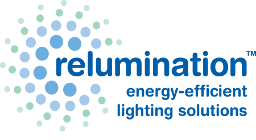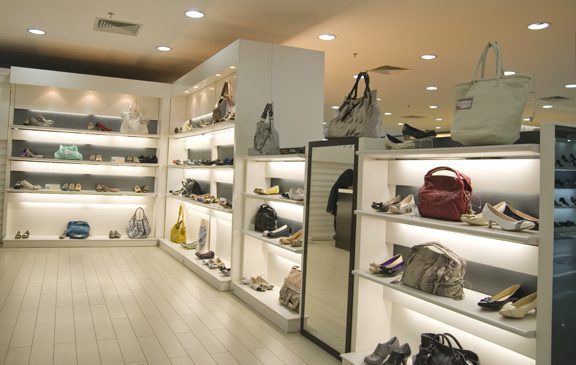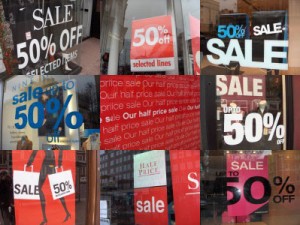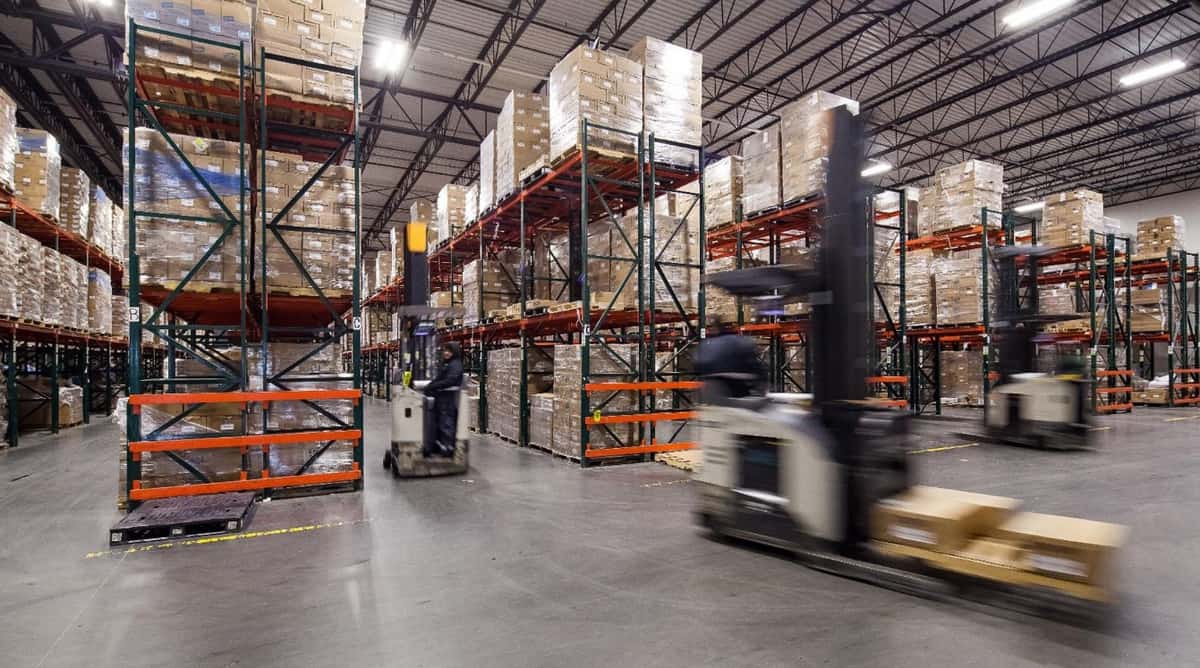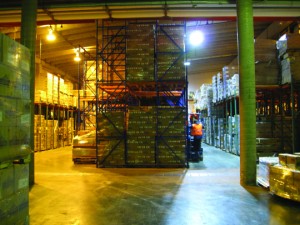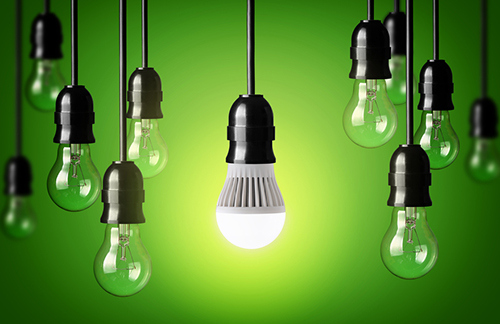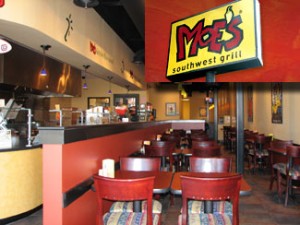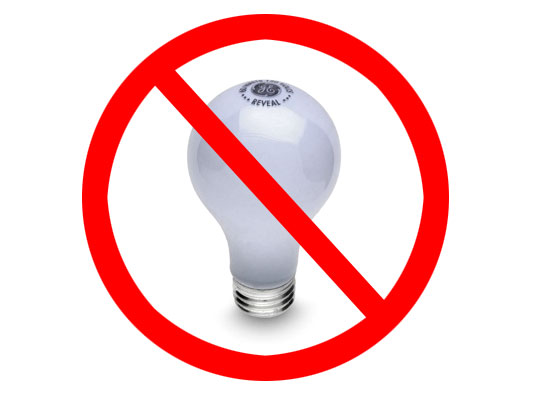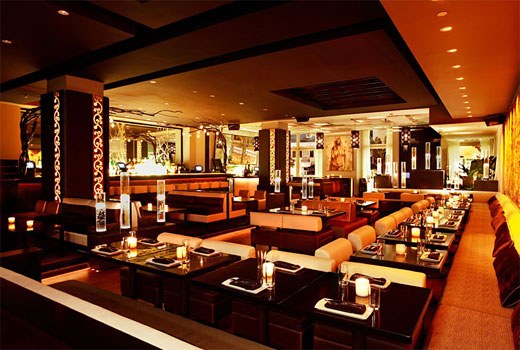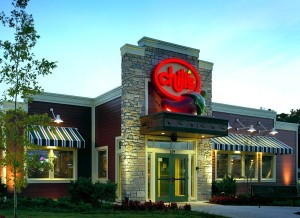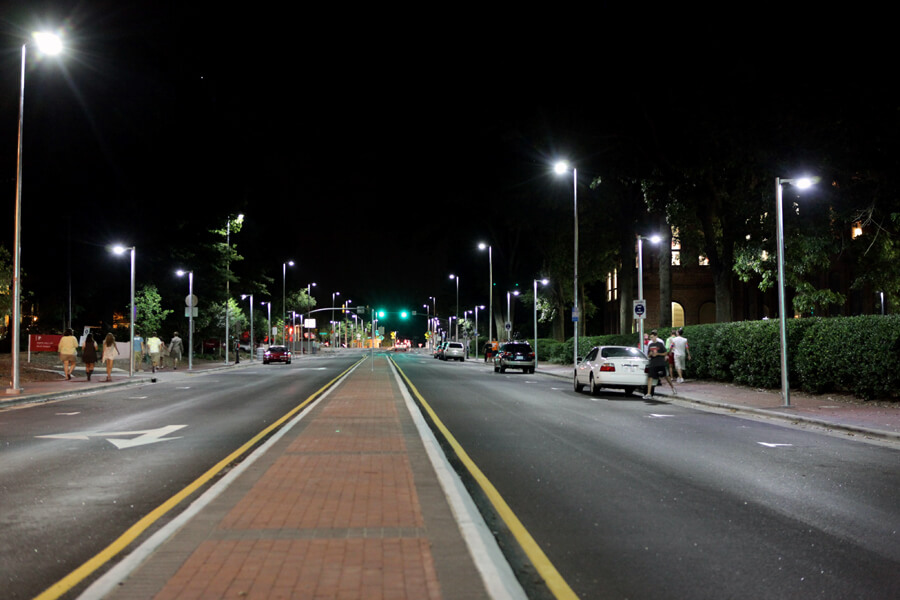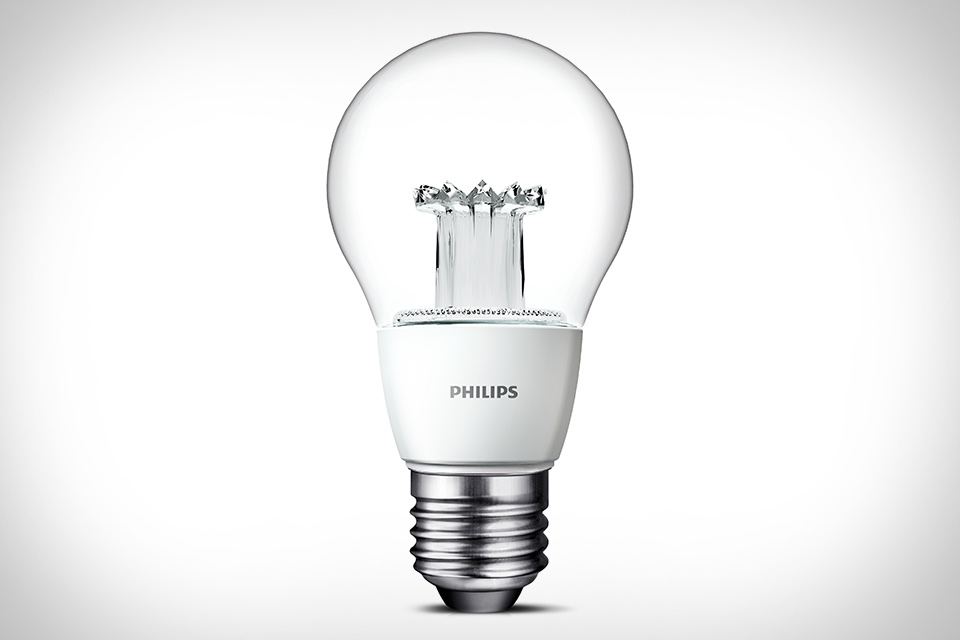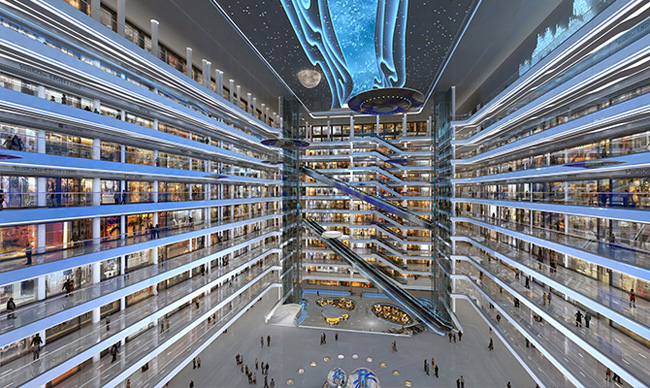The ability to own or lease retail space has really hit the United States hard during the recession, especially in Arizona. Driving around, we see countless empty business spaces. Those who own many of the retail spaces are barely hanging on to their leases, and have cut their budgets and spending habits to the bone trying to stay in the area. According to Retail Traffic Magazine, there is still one more place to cut costs, and that’s lighting! Retail Traffic Magazine says the majority of energy consumption in retail spaces is climate control and lighting, which costs $21 billion. Mark Peternell, vice president of sustainability for Regency Centers Corp. in Florida, says 90% of the energy consumed by his firm is lighting.
LED lighting is the best alternative to incandescent, halogen, and compact fluorescent lighting. LEDs surpass all in efficiency and lifespan. In fact, LEDs are at least five times more efficient than most incandescent lights, and last twenty times longer. Outdoor parking lot lighting is also more efficient, reducing energy consumption by 50% and maintenance by 80%, according to Retail Traffic Magazine. The one thing driving businesses away from purchasing LED lighting is the upfront cost of purchasing the lamps. As a business owner, if you are willing to spend a little money in the beginning, you will reap the benefits over the lifetime of the lamp, thanks to the low level of energy consumption and no maintenance. If you are pinched for money, and own a retail space, consider LED lighting!
